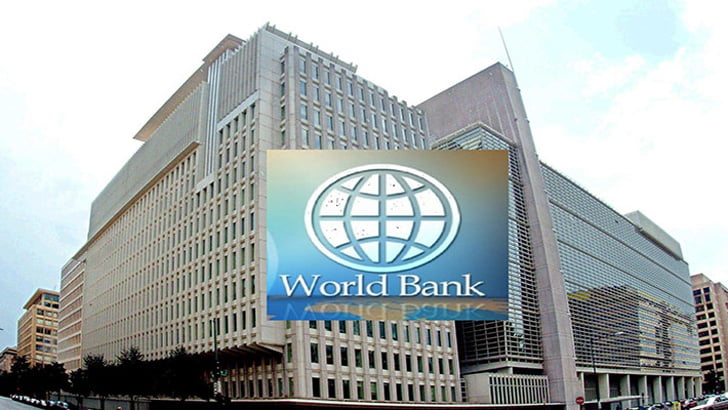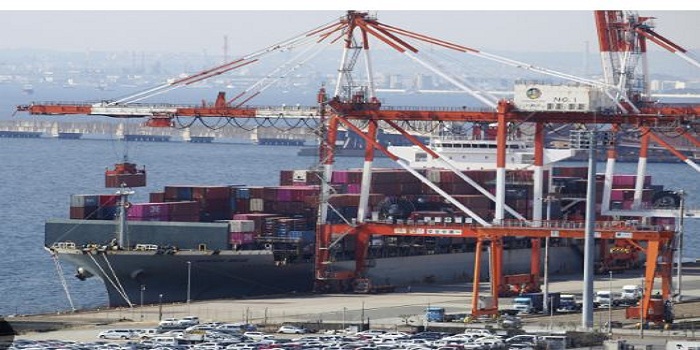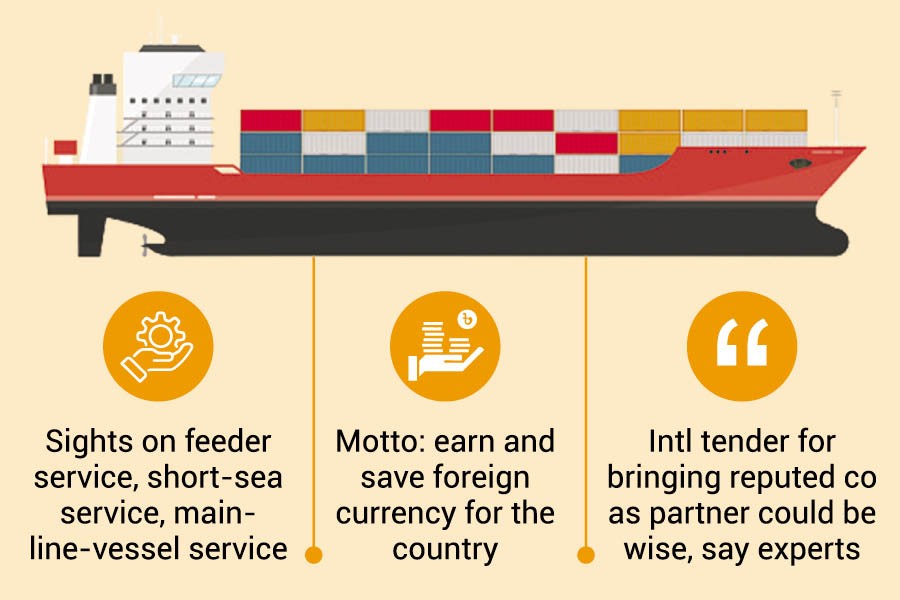People will get more delicious hilsa this year: Expert

People will get more delicious hilsa on their plates this year thanks to drop in river pollution due to suspension of river transport movement for several months due to coronavirus pandemic, says an expert.
Dr Anisur Rahman, a renowned hilsa expert at Fisheries Research Institute, Chandpur, came up with the information while talking to UNB.
“We have examined the river water and found that the pollution level in the river has reduced due to the suspension of river vessel movement amid the Covid-19 pandemic. The condition of the river was quite congenial to availability of fish food. So, this year’s hilsa will be more delicious, more flavorful,” he added.
Hilsa has become available now in local markets due to the rise in river water level and rain while though August, September and October months are the peak time to jave hilsa, he said.
“This year, a total of 5.5 lakh mts of hilsa is expected to be produced due to the successful drive against illegal netting of jatka (hilsa fry) in the river, which is more than the previous year,” said Dr Anisur.
During a recent visit to Boro Station fish market, the largest wholesale fish market in the district, the UNB correspondent found it flooded with hilsa.
However, the price is high as per kg hilsa fish is selling at Tk 300-400 in retail markets.
Abdul Khalek, a trader in the fish market, said, “Hilsa is pricier as a big size hilsa is selling at Tk 1,750 per kg.”
In the local fish markets, one kg hilsa is selling at Tk 1,000 while 800 grams of hilsa at Tk 700-800 and a half kg hilsa at Tk 500-600.
Traders also said they are now facing some problems for lack of customers following the coronavirus situation.
People from different parts of the country, including Dhaka, used to come to the fish market through launch, motorbike, train and other local vehicles to buy hilsa but the number of customers is now low due to the Covid-19 outbreak.
Rabbi, a fish trader, said they are now passing an idle time due to lack of customers and sale of packets and cartons used for carrying fish from one place to another places is also poor.
Visiting the Boro Station fisheries ghat, the UNB correspondent found a large number of fishing trawlers and pickup vans coming to the Fisheries Ghat carrying hilsa netted from the coastal areas of Bhola, Char Fashion, Alexzandar, Hatia, Kamalnagar in Laxmipur and the adjacent areas.
Abdul Khalek, president of Matshya Banik Shamity, said, “Hilsa are coming to the ghat area through trawlers and trucks due to availability of hilsa in the river for the last 4-5 days. The workers are passing a busy time for loading and unloading fish from day to night as 2000-3000 maunds of hilsa are being traded from the ghat every day.”
Traders, mostly from Karwan Bazar, Azampur, Bypile, Pubail, Gazipur, Kishoreganj, Tangail and Mymensingh, came to the area and purchase their desired fish from the wholesale market along the ghat area.
Sahabuddin Sardar, a trader, said, “We have bought hilsa from the ghat area and are selling those in different parts of the country.”
Last year, the Food and Agriculture Organisation (FAO) ranked Bangladesh as the fifth biggest aquaculture producer in the world. Aquaculture or aqua farming is defined by FAO as the production of fish, crustaceans, mollusks, and marine plants.
Meanwhile, hilsa production has jumped from 298,000 metric tonnes in the 2008-09 fiscal to almost 500,000 metric tonnes in 2017-18, according to the Ministry of Fisheries and Livestock.
Source: UNB










